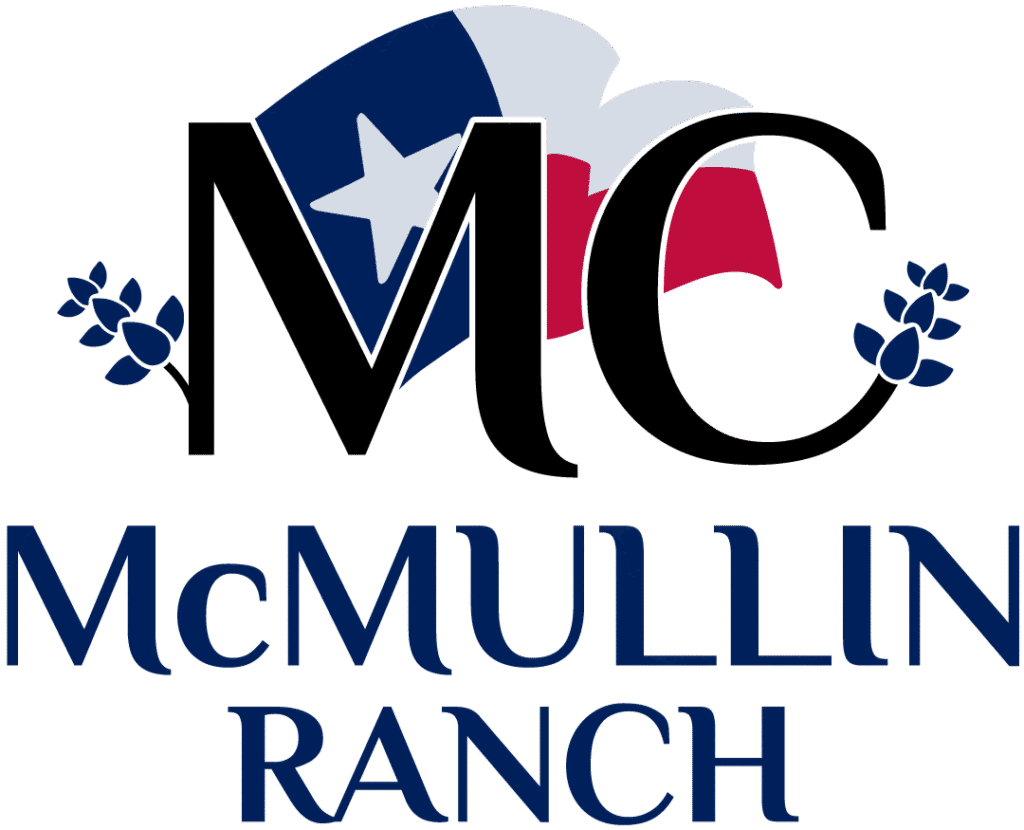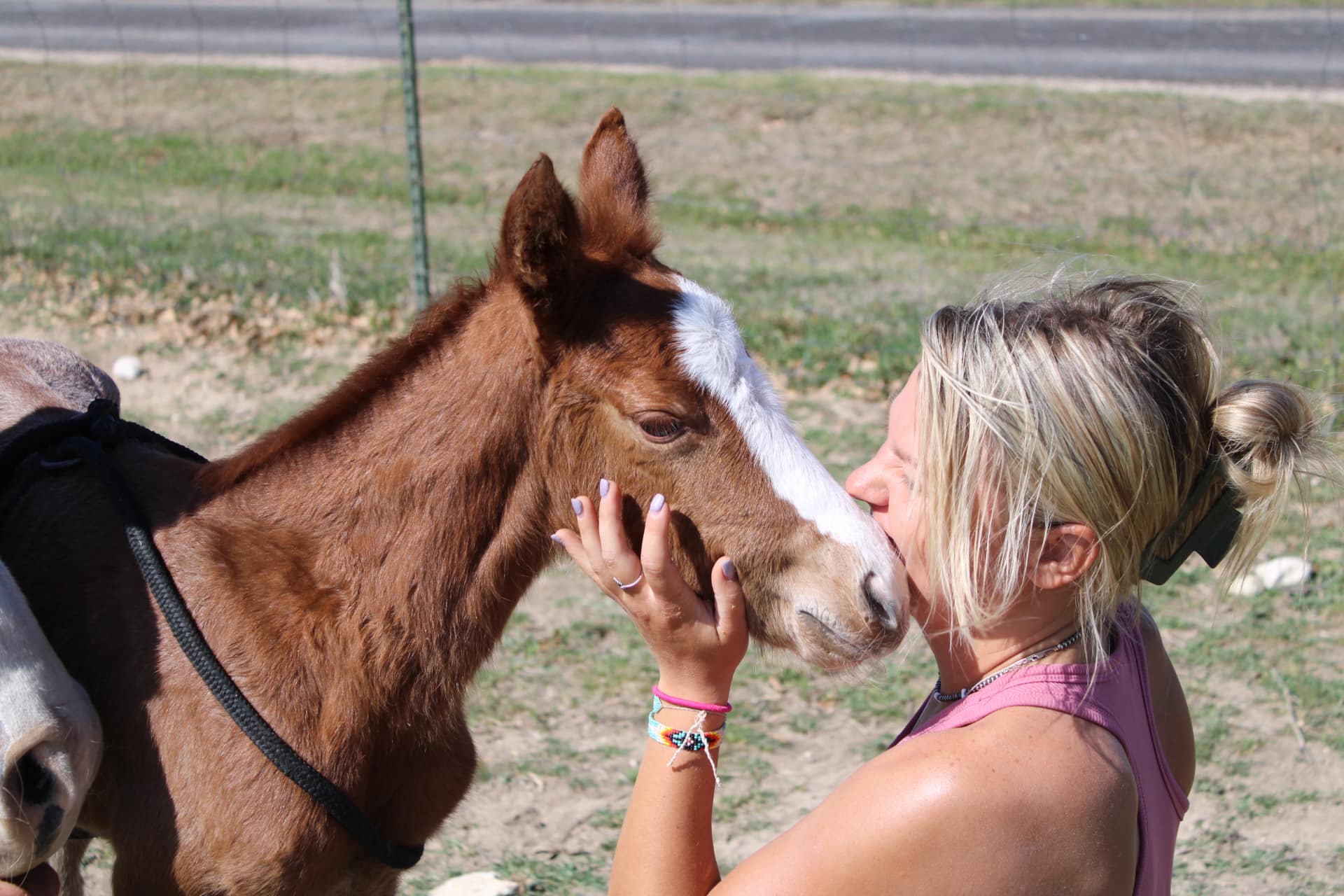Owning a horse in Texas is a dream for many, but with that dream comes real costs. How much does it cost to own a horse monthly & yearly isn’t just a budget question; it’s a financial commitment that can range from a few thousand to tens of thousands of dollars annually.
To save you from unforeseen expenses or lengthy searches, we’re going to break down the major costs, helping you understand the numbers and prepare smartly. Let’s discover
Monthly & Annual Ongoing Costs of Horse Ownership
Owning a horse in Texas comes with recurring expenses that can quickly add up. Here’s a breakdown of the key cost areas:
Cost of Boarding a Horse in Texas
- Full-care boarding: $500 to $1,200/month, depending on amenities.
- Urban areas like Austin may charge up to $1,200 per month for luxury services.
- Pasture or self-care boarding: $300–$ 400 per month.
- Home-keeping: budget $300–700+/month for feed, bedding, utilities, fence maintenance, and manure removal.
Feeding and Hay Expenses
- Hay bales in Texas: $11 to $14 each.
- Yearly consumption: ~3 tons, costing $1,000 to $1,500/year.
- Grain/concentrates: $30–75/month.
- Supplements and mineral blocks: $10–50/month.
Farrier and Hoof Care Costs
- Barefoot trims: $45 to $80 every 6–8 weeks, or $30–60/month.
- Shoeing: $90–250 per session, averaging $60–175/month depending on shoe type.
Routine Vet and Dental Care
- Annual vaccines, deworming, Coggins, dental: $300–600/year or $25–50/month.
- Emergency vet visits (e.g., colic, injuries): $500–2,000+ per occurrence.
- Many owners recommend maintaining an emergency vet fund or equine insurance.
Equipment and Supplies Costs
- Annual tack, grooming, and first aid costs: $600–3,000+.
- Regular replacement for worn-out items, such as blankets and halters.
- Bedding costs for home-kept horses: ~$125/month.
Training, Lessons, and Competition Fees
- Lesson rates: $40–65 per session.
- Weekly or bi-weekly lessons: $80–520/month.
- Clinics, shows, coaching, and travel: $200–600/month additional costs.
Unexpected & Emergency Costs
Horses can surprise you with sudden health issues or accidents. Emergency vet care, such as colic surgery, can cost $5,000–10,000.
Lameness diagnostics, such as X-rays or ultrasound, may cost $500–$ 1,200. Emergency call-out fees alone often run between $150 and $ 250.
Also, equipment can increase your budget quickly. Saddles range from $1,500 to $ 5,000, and replacing halters, blankets, or fencing can cost hundreds more each year.
Texas weather presents unique challenges. Summer heat requires fans, fly sprays, and shade, which can add $30–100/month in extra utilities. In winter, blankets costing $100–300 are necessary.
To prepare, many horse owners recommend maintaining an emergency fund of $5,000–$ 10,000. Insurance premiums for equine medical and mortality coverage typically range from $300 to $ 700 per year.
Annual and Lifetime Cost
With regular and emergency expenses combined, horse ownership in Texas can range from $8,400 to $32,800 per year, depending on whether the horse is kept on pasture, boarded, or shown competitively. Over a 25-year horse lifespan, costs can total anywhere from $200,000 to over $800,000.
Cost-Saving Tips for Texas Horse Owners
Leasing instead of owning is a smart way to enjoy horse time with fewer financial risks. Buying gently used tack and sharing equipment among barn friends helps cut costs.
Pasture boarding or keeping your horse at home saves significantly on monthly bills. DIY tasks like trimming hooves (with proper training), giving shots, or managing manure reduce long-term costs.
Budget Planning
Creating a monthly horse expense sheet is important. Include every category like board, feed, vet, farrier, tack, and lessons.
Apps like EquiNote or Excel templates help track actual vs. estimated expenses. Building an emergency fund of at least $2,000 to $ 5,000 is recommended.
Horse insurance is another layer of protection, with plans that cover accidents, major surgeries, or mortality. Before choosing one, compare coverage types, deductibles, and exclusions.
Conclusion
Buying a horse in Texas is an exciting experience, but it comes with a real and ongoing cost. From monthly board and feeding bills to veterinary care, farrier visits, and occasional emergencies, expenses can add up quickly.
Tracking your monthly expenses, planning for emergencies, and using smart cost-saving strategies can make horse ownership more sustainable.
FAQs
How much does horse boarding cost per month in Texas?
Boarding costs range from $300 for pasture board to $1,200 for full-service facilities, depending on location and amenities.
What is the average annual cost of feeding a horse in Texas?
Feeding costs typically range from $1,000 to $2,500 annually, including hay, grain, and supplements.
Do I need insurance for my horse in Texas?
While not required, equine insurance is recommended. It costs $300–$ 700 per year and covers emergencies, accidents, or mortality.
How much should I save for horse emergencies?
Experts recommend maintaining an emergency fund of $5,000–$ 10,000 to cover surgeries, serious injuries, or major illnesses.

